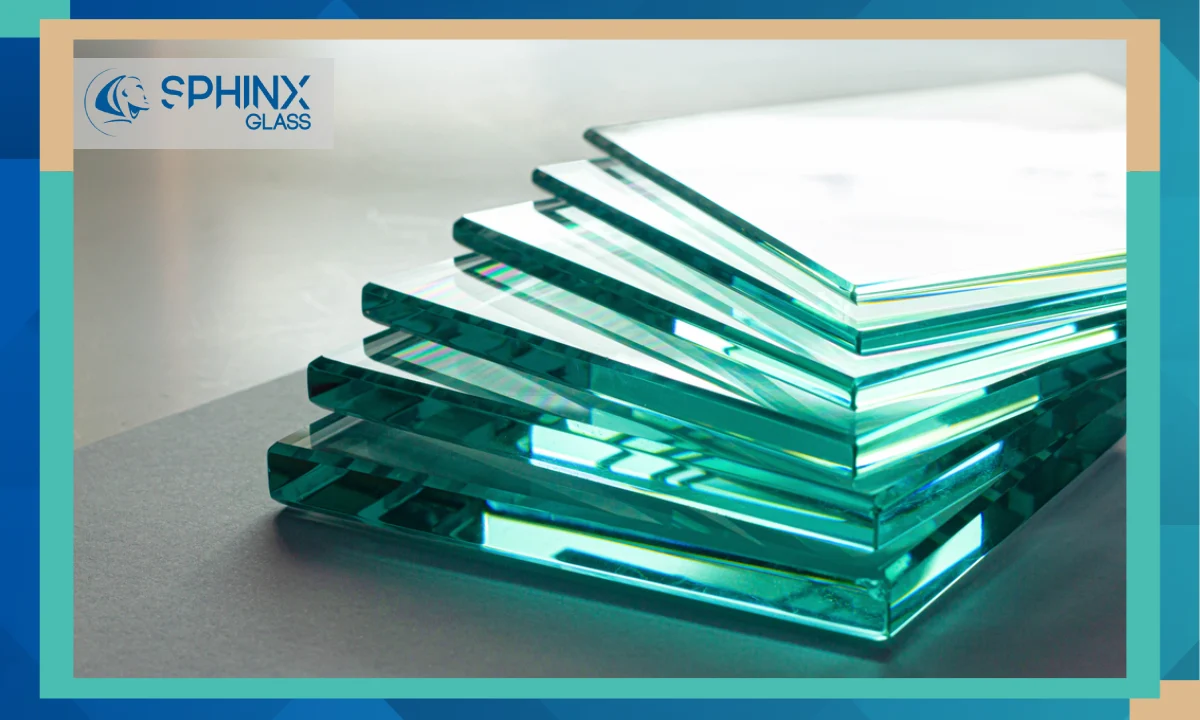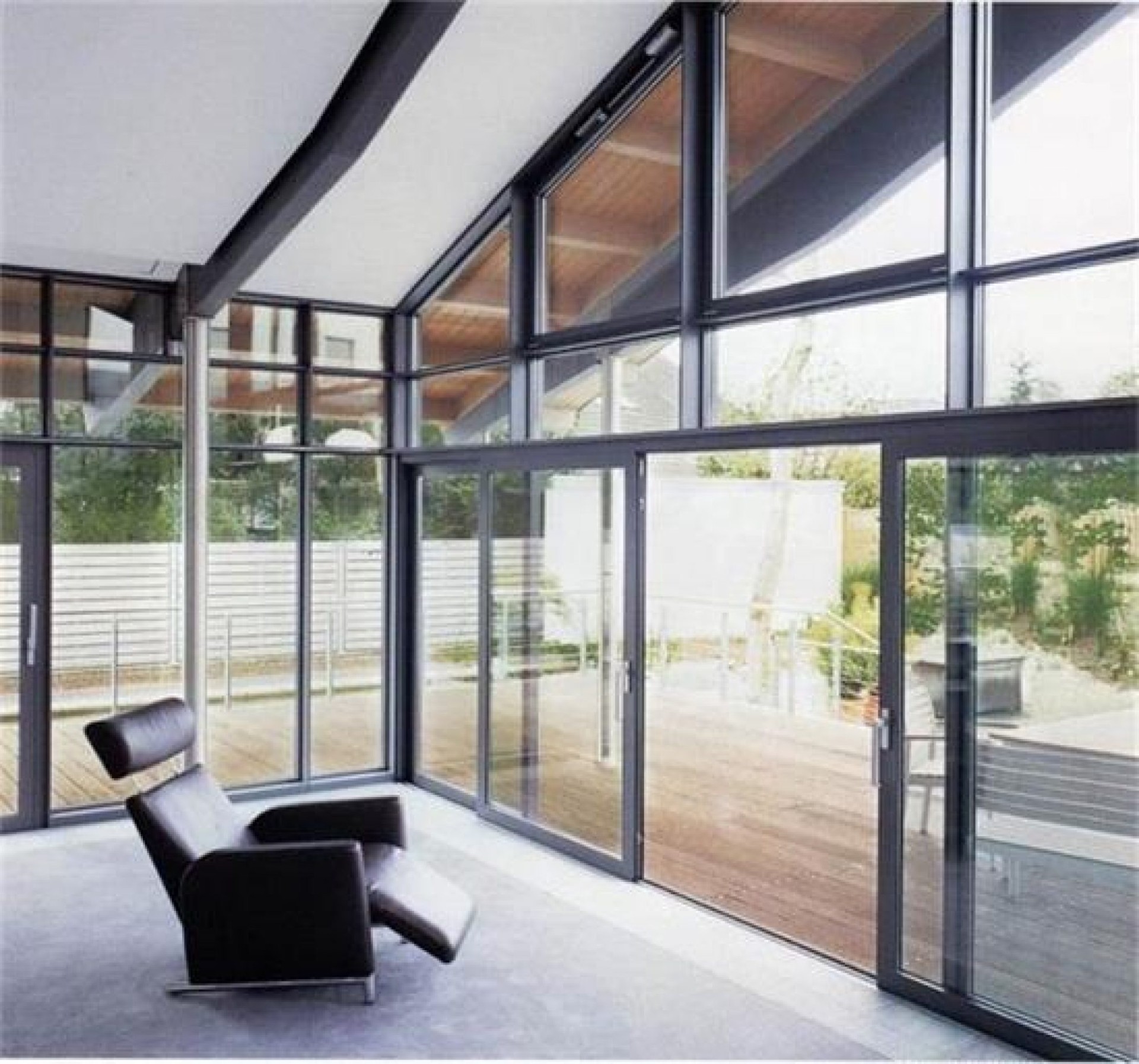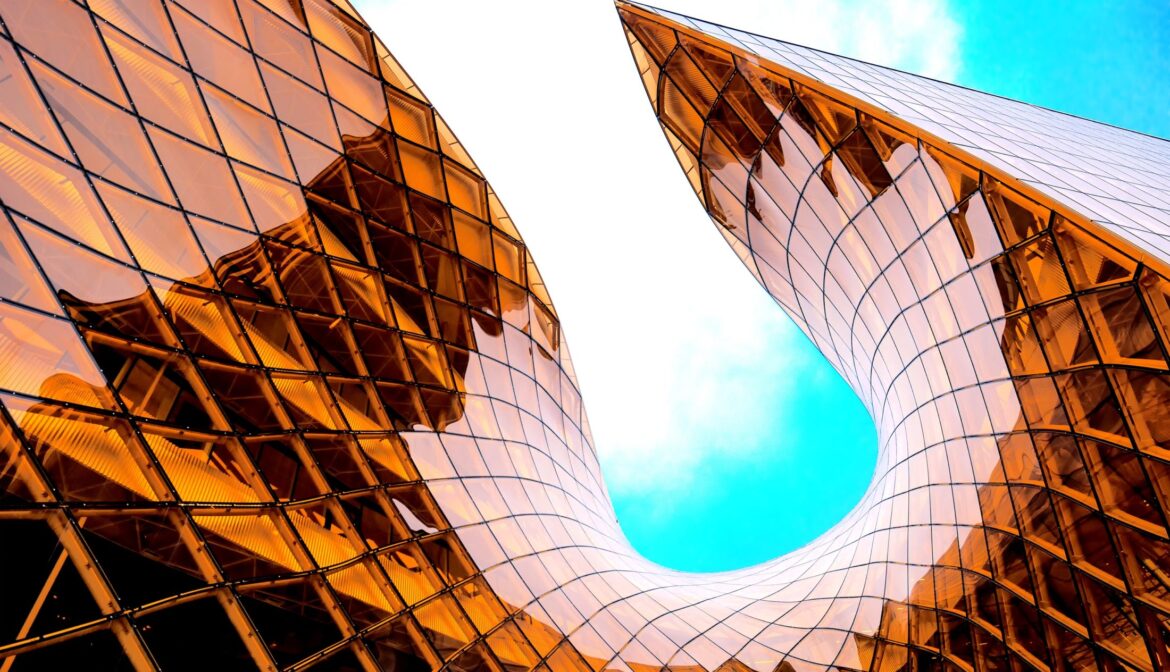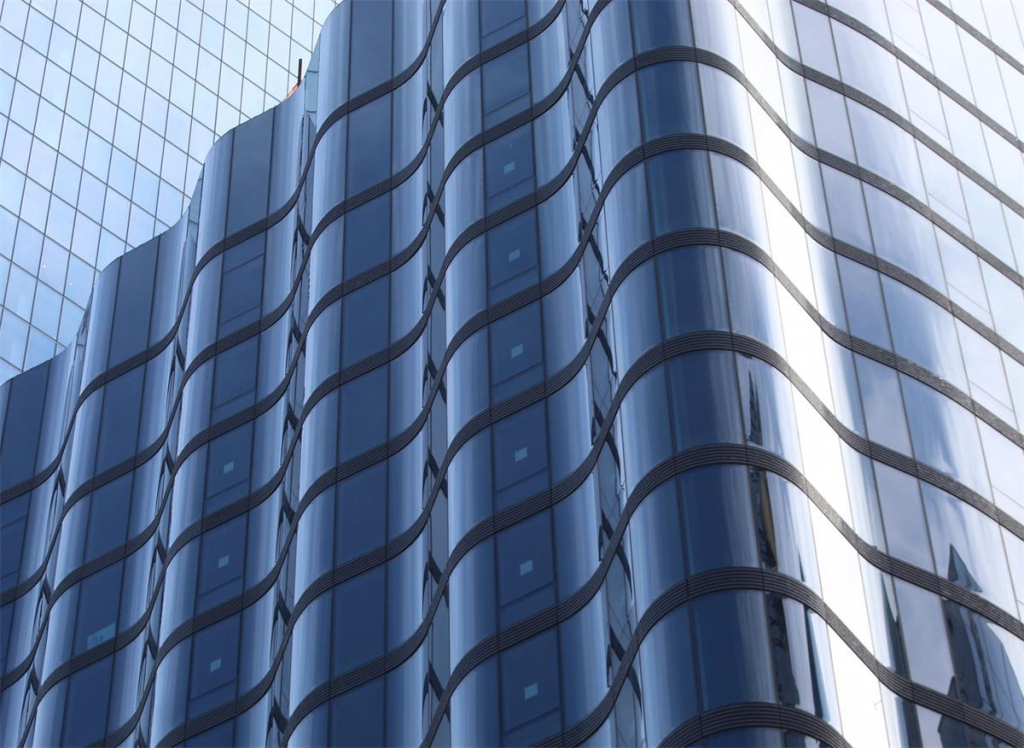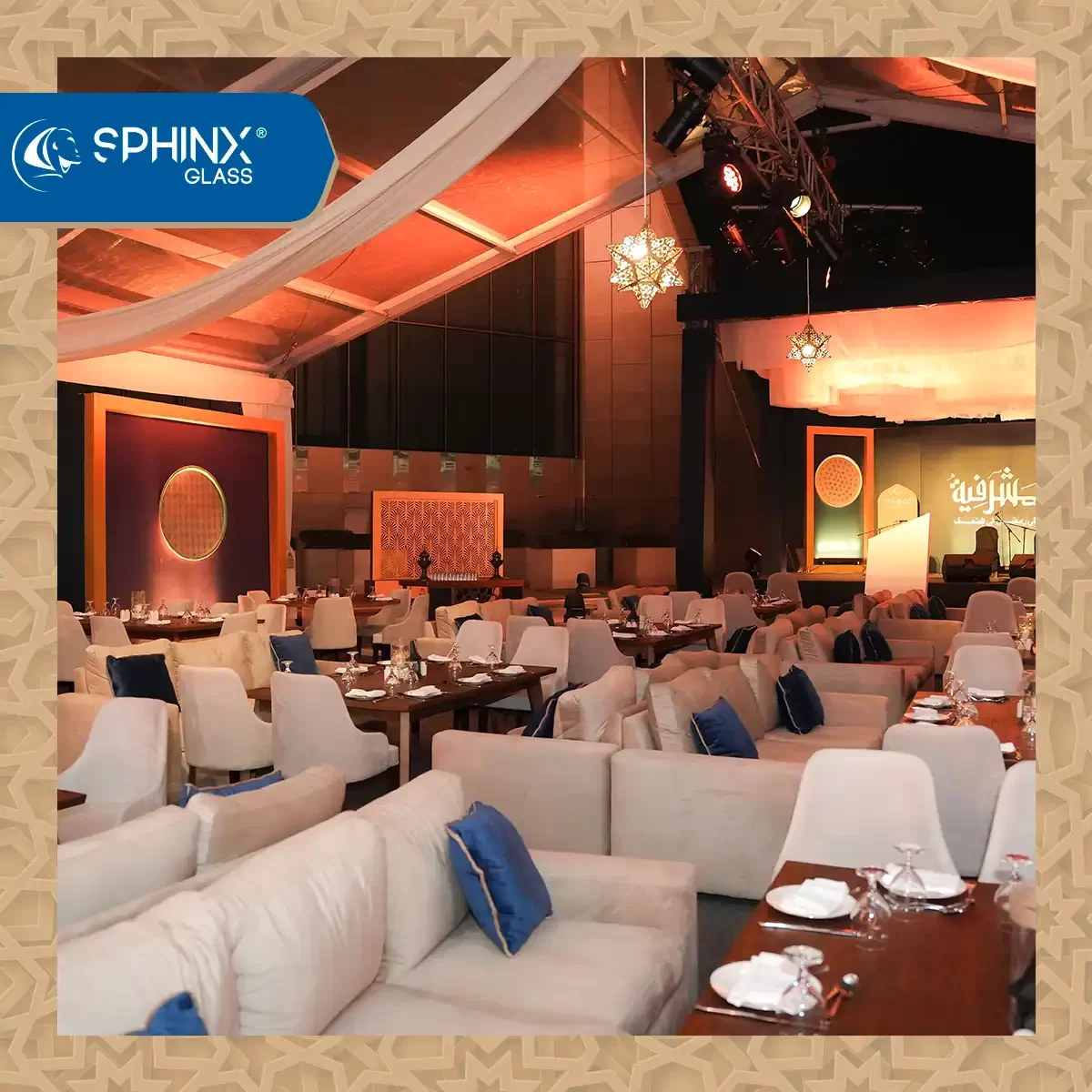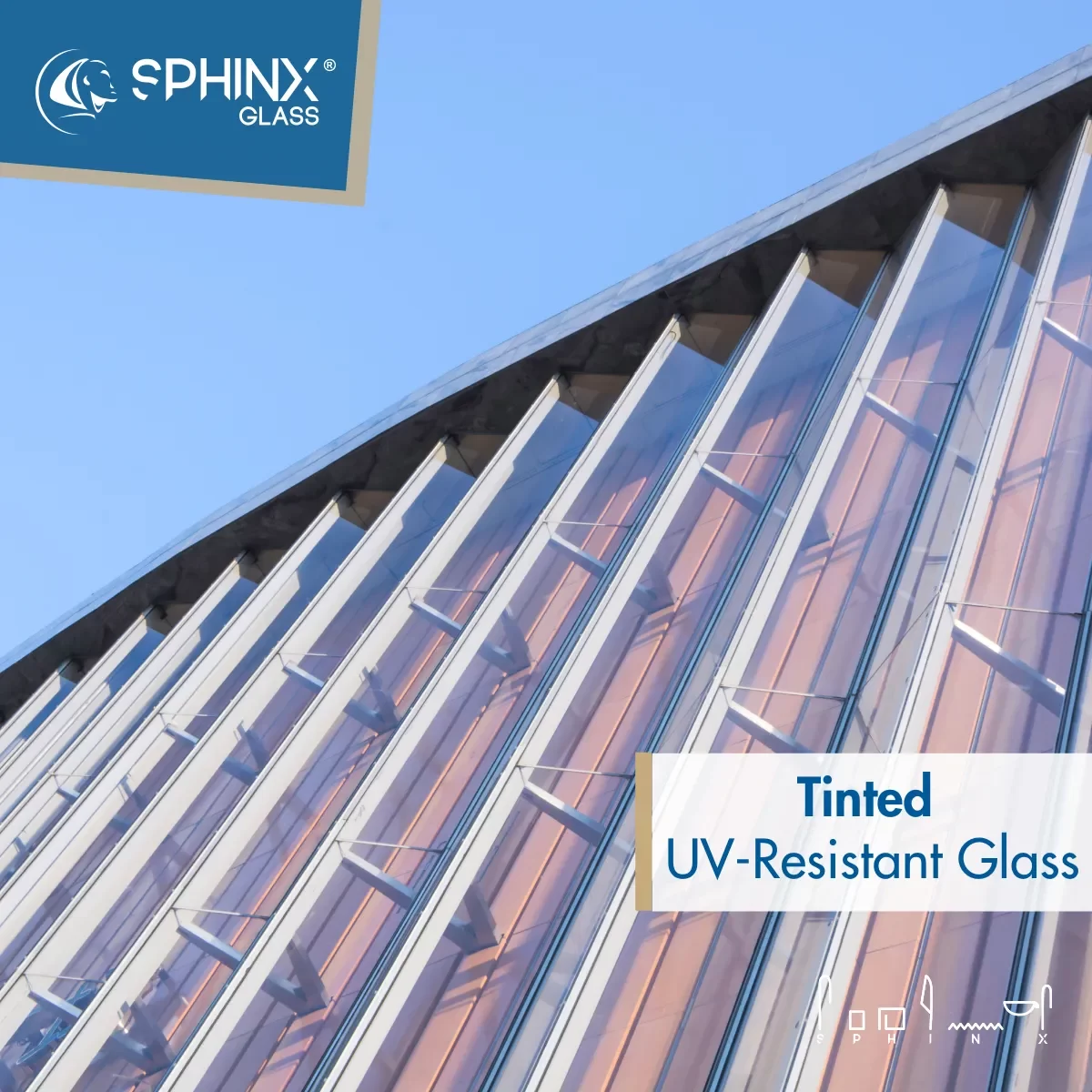Glass has evolved into a pivotal element in modern architectural design, offering structural support, natural light, and a sense of transparency. This transparency has expanded the possibilities for creating visually stunning and functional spaces. From skyscrapers to residential homes, architectural glass transforms how we interact with our built environment. This article explores the various types of glass used in architectural design, their benefits, and applications, highlighting the importance of selecting the right glass products for optimal performance and aesthetics.
History of Architectural Glass
The use of glass in architecture dates to ancient civilizations. The Romans were among the earliest to incorporate glass into their windows, albeit in small panes. The Renaissance period saw advancements with larger glass panes becoming available. Significant innovations occurred during the 19th and 20th centuries with the development of float glass and advanced glass manufacturing processes. Today, modern architectural glass continues to evolve, offering new possibilities in building design and sustainability.
Types of Glass Used in Architectural Design
Tempered Glass
Tempered glass is a type of safety glass that is processed through thermal or chemical treatments to enhance its strength. It is commonly used in applications requiring durability and safety, such as glass doors, facades, and shower enclosures. Being four to five times stronger than standard glass, tempered glass shatters into small, blunt pieces, reducing the risk of injury. It is a critical component in modern safety glass solutions and is essential for ensuring the structural integrity and safety of various architectural glass products.
Laminated Glass
Laminated glass consists of multiple layers of glass bonded together with a plastic interlayer, such as polyvinyl butyral (PVB). This construction improves resilience and security, making laminated glass ideal for applications like skylights, canopies, and overhead glazing. Its ability to hold together even when broken enhances safety and provides excellent acoustic performance, making it a popular choice for both residential and commercial buildings. Laminated glass also plays a role in enhancing the energy efficiency of buildings by reducing noise and improving thermal insulation.
Insulated Glass
Insulated glass, or double glazing, features two or more glass panes separated by a spacer and sealed to create a space between them. This design improves thermal insulation and reduces heat transfer, which is crucial for energy-efficient buildings. Insulated glass is used in windows and doors to minimize heat loss and gain, contributing significantly to the overall energy efficiency of a structure. The technology behind insulated glass is a key element in modern glass manufacturing processes, enhancing comfort and sustainability in architectural design.
Low-E Glass
Low-emissivity (Low-E) glass is coated with a special layer that reflects infrared light while allowing visible light to pass through. This coating helps to minimize heat loss in colder climates and reduce solar heat gain in warmer regions. Low-E glass is essential for maintaining energy efficiency and improving the thermal performance of buildings. It is a vital component of energy-efficient glass solutions and plays a significant role in reducing a building’s carbon footprint.
Smart Glass
Smart glass, also known as switchable glass, changes its properties in response to external conditions such as light or temperature. It can switch between transparent and opaque states, providing dynamic control over light and privacy. Smart glass is often used in privacy partitions, windows, and skylights in commercial buildings. Its innovative technology offers flexible solutions for modern architectural challenges, enhancing both functionality and aesthetic appeal.
Decorative Glass
Decorative glass includes various types used primarily for aesthetic purposes, such as patterned, etched, and stained glass. This type of architectural glass enhances the visual appeal of partitions, doors, and windows, adding a unique touch to architectural spaces. Decorative glass allows for customization and creativity in design, making it a popular choice for creating visually striking elements in modern architecture.
Applications and Benefits of Glass in Architecture
Natural Light and Transparency
Glass enhances natural lighting by allowing sunlight to penetrate and illuminate interior spaces. This reduces reliance on artificial lighting and creates a bright, inviting environment. The transparency of glass fosters a visual connection with the surrounding environment, bringing the outside in and creating a sense of openness.
Energy Efficiency
Energy-efficient glass, such as Low-E and insulated glass, plays a crucial role in reducing a building’s energy consumption. By optimizing natural light and managing heat transfer, these types of glass help lower heating and cooling costs, contributing to a building’s sustainability and reducing its carbon footprint.
Aesthetic Appeal
Architectural glass offers modern aesthetics that transform the look of buildings. Its versatility allows for innovative design solutions, such as glass facades and transparent walls. Decorative glass further enhances architectural beauty, enabling the creation of unique and visually appealing designs.
Safety and Security
Safety and security are essential considerations in architectural design. Tempered and laminated glass provide enhanced safety features, making them suitable for high-traffic and high-impact areas. Laminated glass also offers added protection against break-ins and accidents, ensuring peace of mind for building occupants.
Considerations for Using Glass in Architecture
Maintenance
Glass surfaces require regular maintenance to remain clean and functional. Advances in coating technologies have made it easier to maintain glass but selecting durable and low-maintenance options is essential for long-term performance.
Privacy
Privacy concerns can be addressed with frosted, tinted, or smart glass technologies. These solutions offer varying degrees of privacy while maintaining the benefits of transparency and natural light.
Environmental Impact
Glass production and disposal can have environmental impacts. Opting for glass products with sustainable manufacturing processes and recycling options helps mitigate these effects and supports eco-friendly design practices.
Thermal Performance
The thermal performance of glass affects heat gain and loss in buildings. Choosing glass with appropriate thermal properties, such as insulated or Low-E glass, improves energy efficiency and occupant comfort.
Conclusion
Glass remains a pivotal material in modern architectural design, offering a range of benefits that enhance both functionality and aesthetics. By understanding the different types of architectural glass and their properties, architects and designers can make informed choices that optimize natural light, energy efficiency, and visual appeal. As technology advances, glass will continue to play a significant role in shaping the future of architecture, providing innovative solutions and transforming the built environment.
FAQs About Glass in Architectural Design
Q1: What is the difference between tempered and laminated glass?
A1: Tempered glass is heat-treated for strength and safety, shattering into small, blunt pieces upon impact. Laminated glass consists of layers of glass with a plastic interlayer, providing added safety and acoustic insulation. Laminated glass holds together even when broken, while tempered glass is designed to withstand high impact.
Q2: How does Low-E glass improve energy efficiency?
A2: Low-E glass has a special coating that reflects infrared light and minimizes heat transfer, helping to maintain a comfortable indoor temperature and reduce energy consumption for heating and cooling.
Q3: What are the benefits of using smart glass in architectural design?
A3: Smart glass changes its properties based on external conditions, allowing for dynamic control of light and privacy. It enhances energy efficiency by managing solar heat gain and provides innovative solutions for modern buildings.
Q4: How can decorative glass be used in modern architecture
A4: Decorative glass adds aesthetic appeal and visual interest to architectural designs. It includes patterned, etched, and stained glass, which can be used in partitions, doors, and windows to enhance the overall design.
Q5: What factors should be considered when selecting glass for architectural projects?
A5: Factors to consider include the type of glass and its properties (e.g., strength, thermal performance), maintenance requirements, privacy concerns, environmental impact, and integration with the building’s design.


